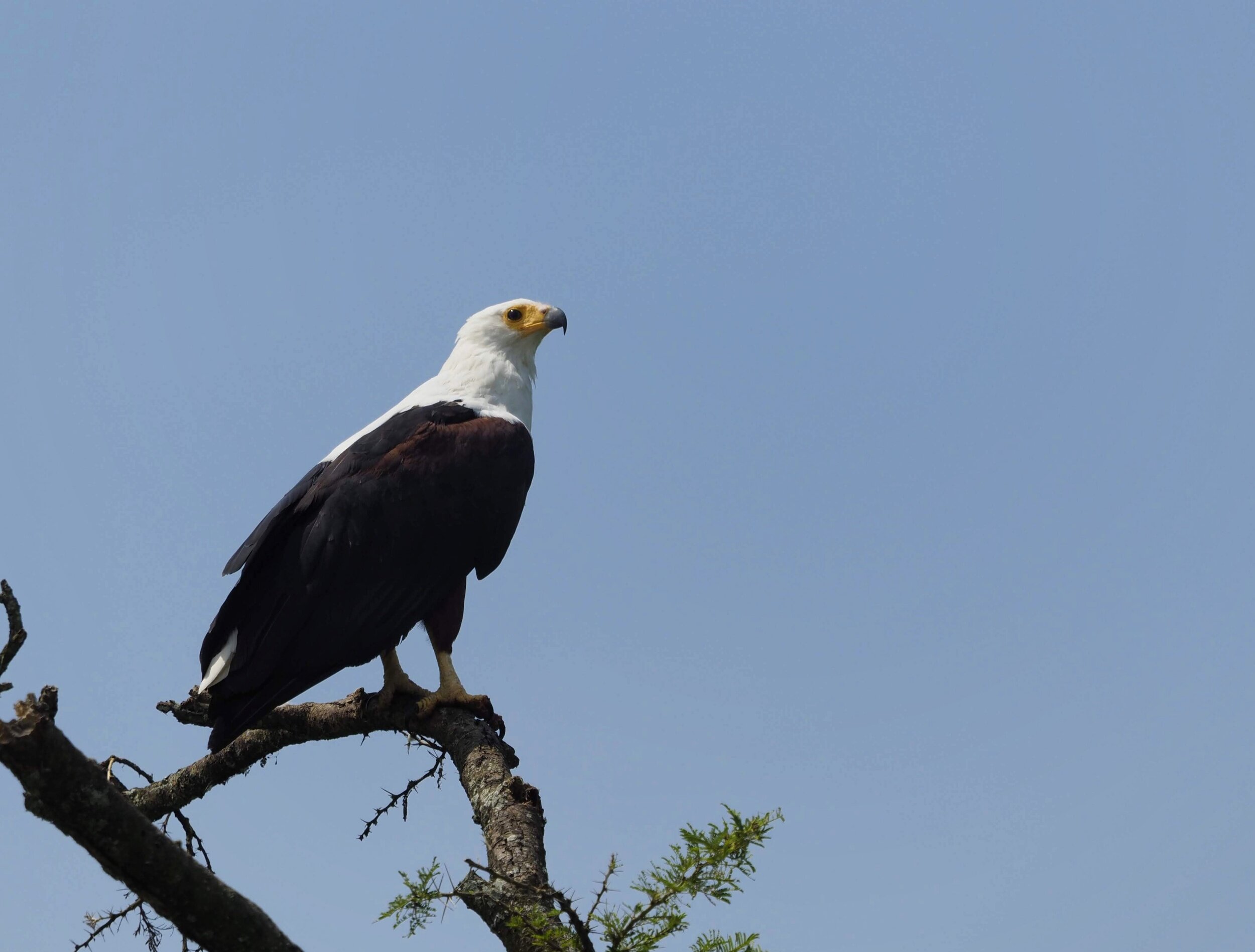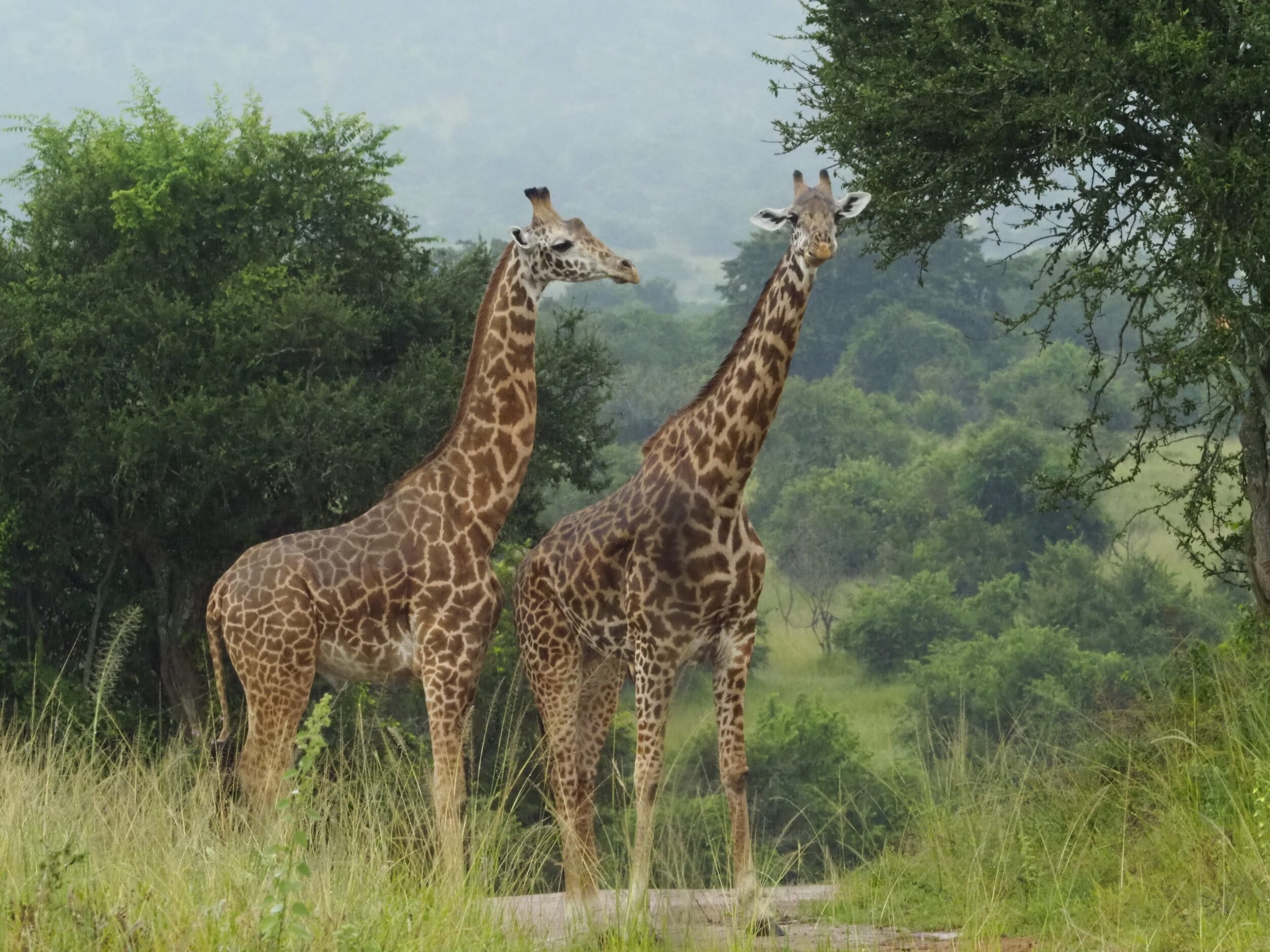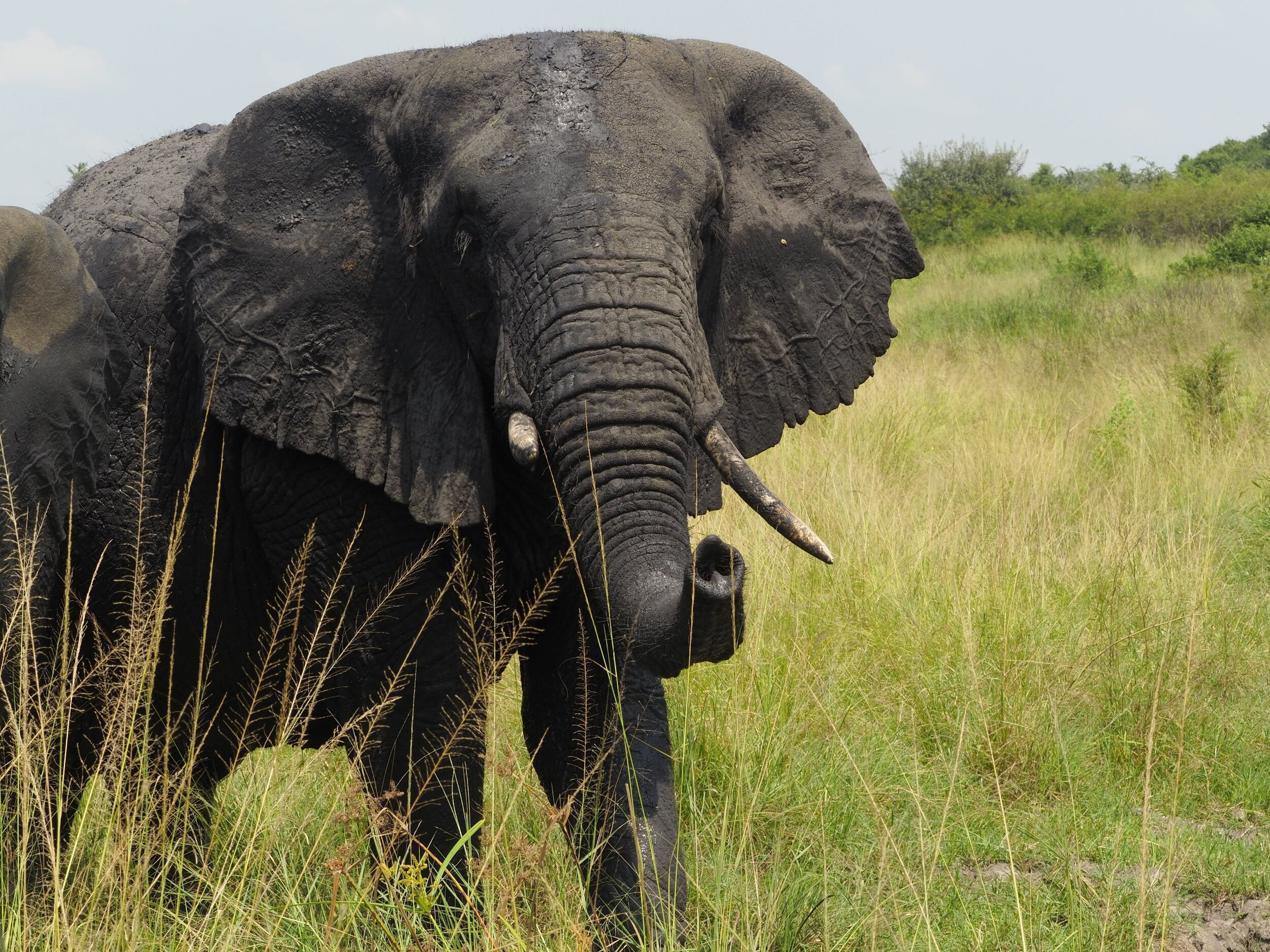Safari at Magashi Camp, Akagera National Park, Rwanda
Where to begin? This wasn't our first time on safari in Africa. We loved it so much when we went to Kenya and Tanzania ten years ago, so we were looking forward to another amazing experience and Magashi Camp did not disappoint.
First, let me start with the camp. This is a new-ish camp that has only been open since May 2019. The staff is amazing. I love it when people remember your drink preference and have it ready for you before you even ask. I never think of myself as a high-maintenance traveler, but I could get used to snapping my fingers for a latte, hot water bottles to warm the sheets before bed, falling asleep to the sound of hippos grunting, a local gift waiting each night when we returned to our room, the fresh local produce, the views of Lake Rwanyakazinga (try saying that three times fast), and of course, the animals. I really didn’t want to leave.
Magashi is the only exclusive-use area in Akagera. For the safari-virgin, you might be wondering what does “exclusive-use” mean and why does it matter when you go on safari? Don’t let anyone tell you that all safaris are the same and that they go to the same places and the same parks. Finding a camp that has access to a concession on the parklands/reserve can make a huge difference. I’ve had a lot of people comment on how much they love my safari pictures. That is not 100% due to my photography skills or the fancy camera that the camp let me test out (more on that later). A large part of the amazing photos came from the opportunity to get up close to the animals. Typically within the national parks, you are not allowed to go off-road to view animals, but in a concession area the guide can go where the animals are. This means close-ups and positioning the vehicle for the best lighting. We were super lucky in Magashi that our guide had a passion not just for the animals but for photography as well! His passion for the camp, the park, and the wildlife magnified the experience for me.
Concessions and private game reserves have strict limitations on the number of tourists allowed into the area. This is to preserve the integrity of the ecosystem by reducing human traffic and to ensure a less crowded, more authentic safari experience: animals being animals in their environment. If you have the chance, go with a camp with private access. If you can't, you'll still have a wonderful time visiting with the animals and seeing them being animals. And if you can’t make it to Africa at all, well, I’ve done my best to bring the animals to you in this post! If you ever want to talk African safaris with me or with Jim, just let us know. We are happy to share our experiences (and highly recommend Mango Safaris for booking).
So by staying at Magashi, we were able to drive up to the lions in the trees, around the leopard hunting impalas, follow the lions also hunting impalas (those poor impala make such tasty meals for so many predators), hang out thirty feet from the black rhinos, and so much more. Unlike in a zoo, there’s no set place to see the animals. Nobody knows where they will be hanging out at any time of the day but the guide knows best where they “might” be and what to look for to spot them. We were fortunate to have a great guide that was part of the team establishing the private concession, cataloging the game, and building the few roads. He was instrumental in getting the animals habituated to humans. The animals are still wild—there's absolutely no feeding or touching the animals—and we work to be as unobtrusive as possible. Habituation really means making the animals comfortable in the presence of the vehicle so that they don’t run and hide when it’s still a hundred meters away. The camp is all about conservation and protection.
Before I add eight million pictures to the end of this post, I want to let you know what I took these shots on: it is an Olympus E-M1 Mark II. Check out the link for more info on Olympus, their partnership with the Camp and some of the beautiful shots the guides have taken with this camera at the Wilderness Safari Camps. The Camp was super nice to let me try it out while I was there. I’m going to let the pictures speak for themselves, but the camera was SO easy to use and was pretty lightweight for what you get out of it. A few shots are on my cell phone using moment lenses, but it just doesn't compare to the real camera. It's a must-have for a safari in my opinion.
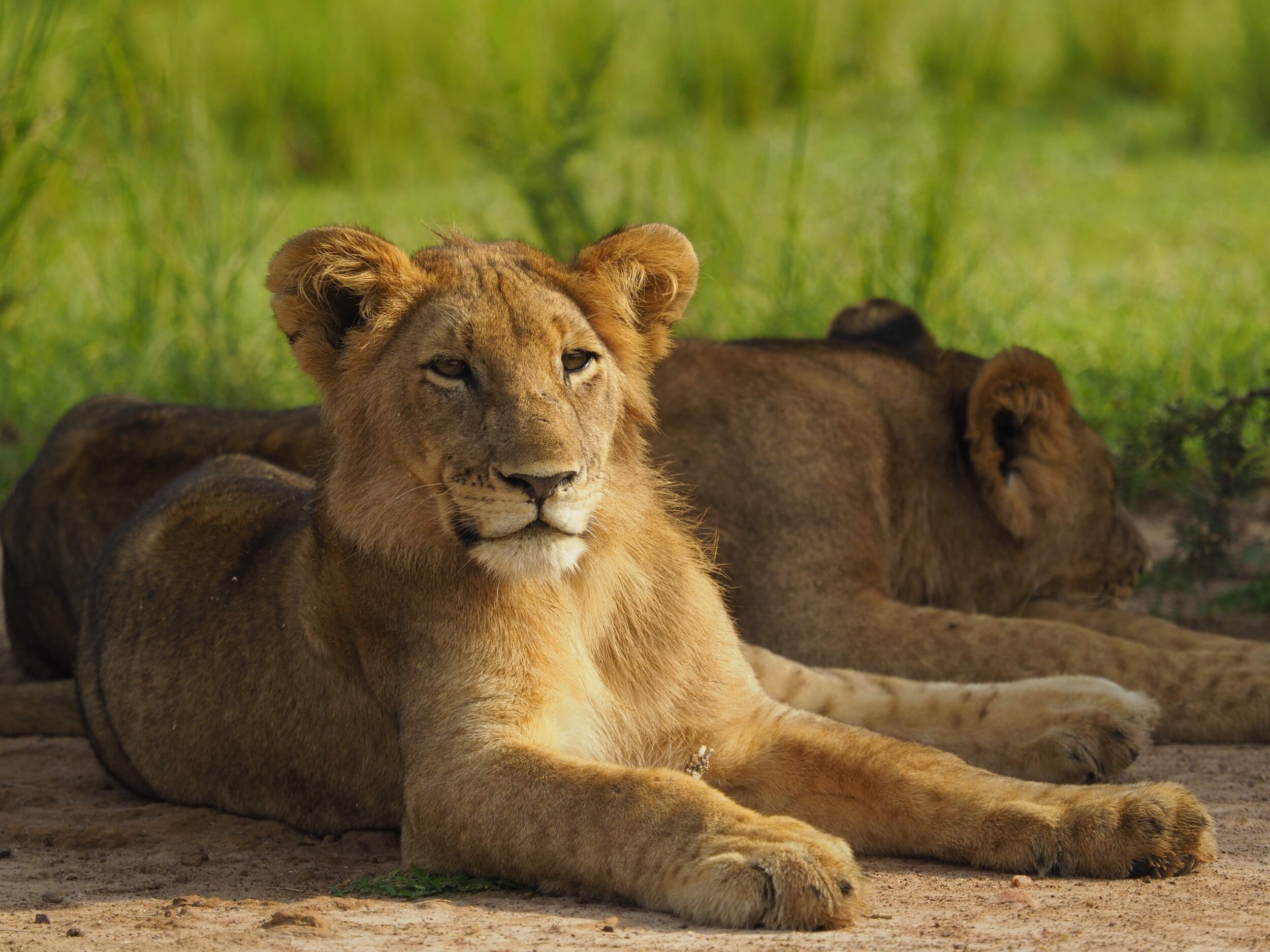
Lion cub
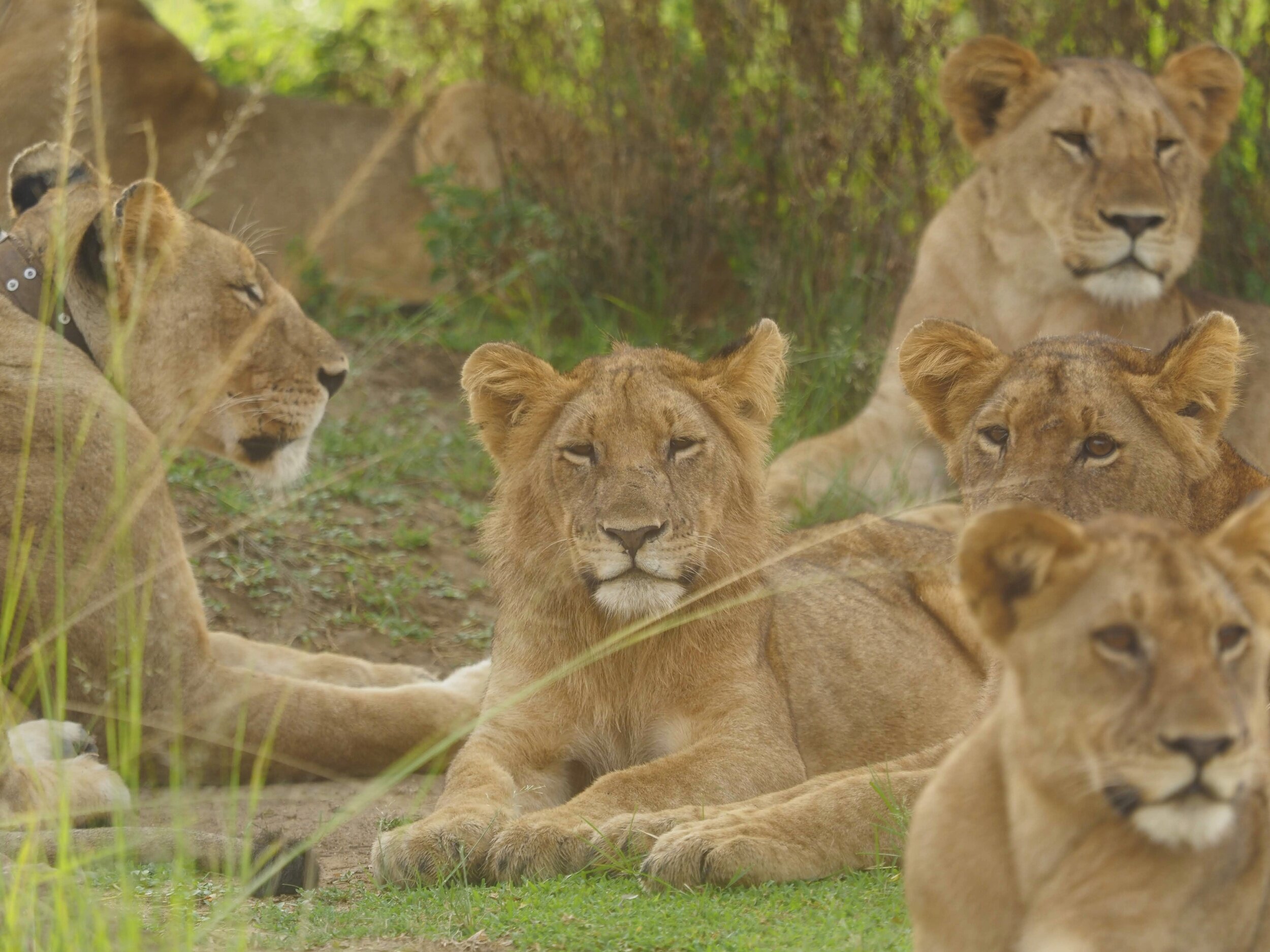
Lion
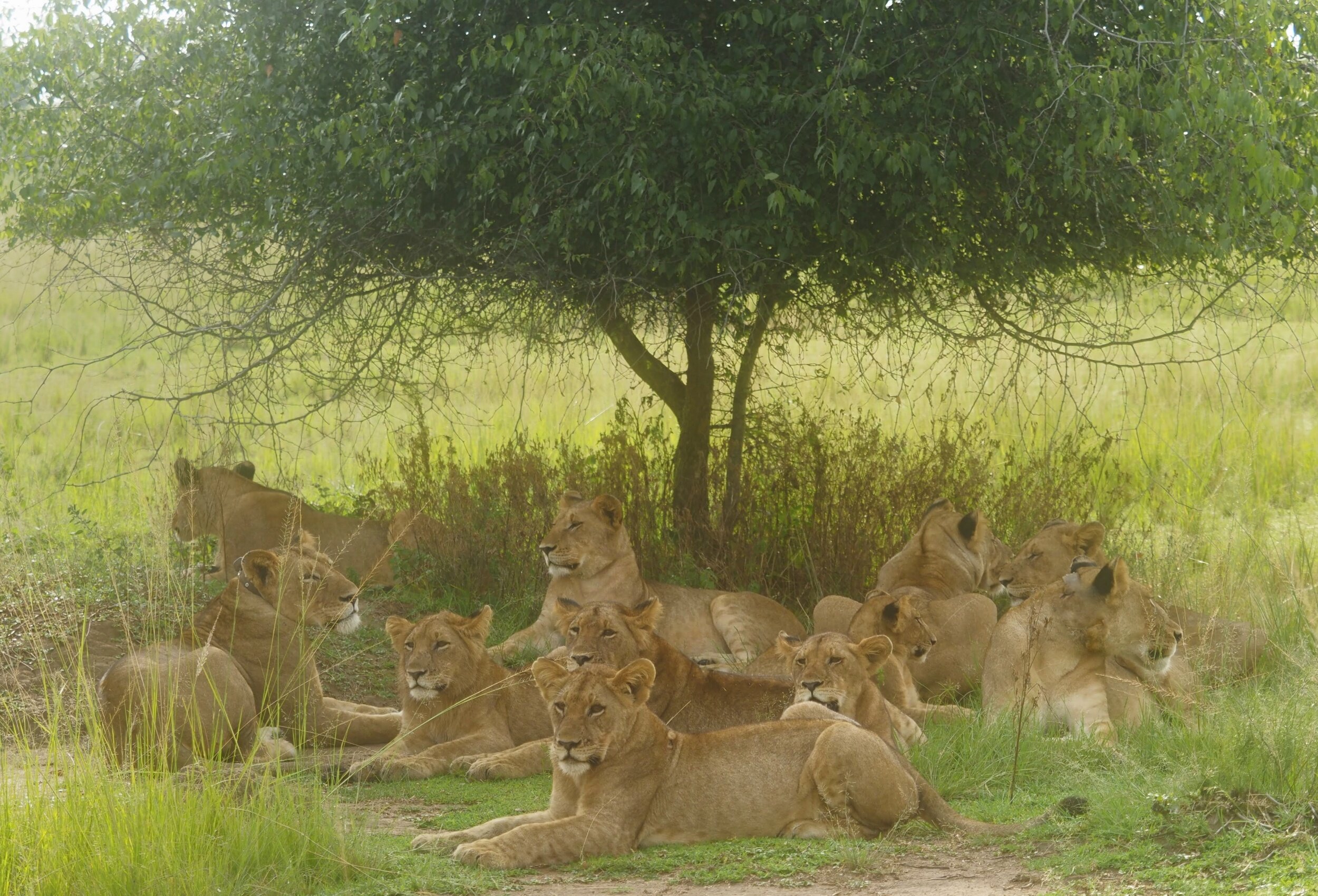
We spent a nice amount of time watching the lions at dusk.

Hoping they are hungry and looking for a hunt.


Playful kitty
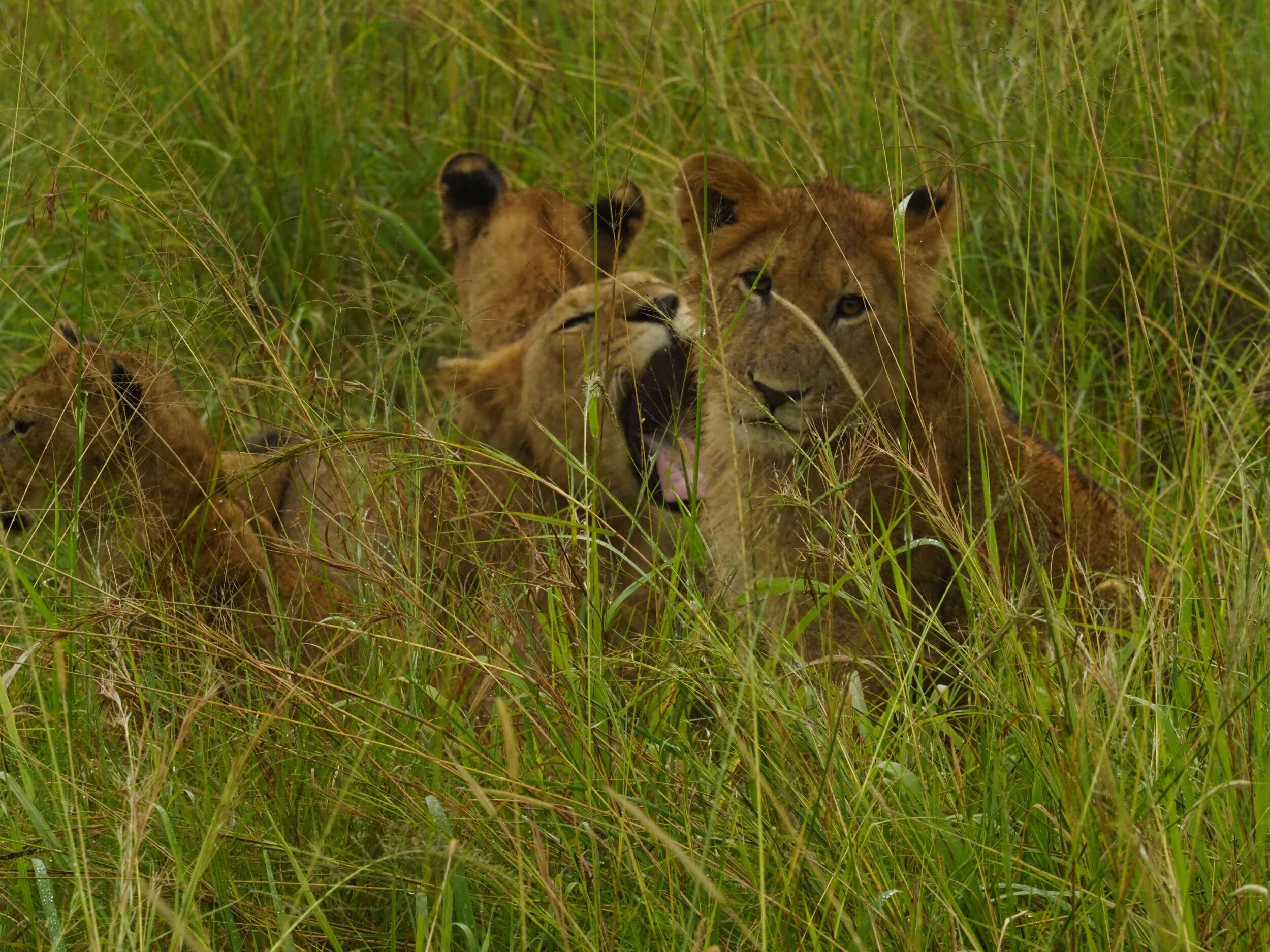
Rawr
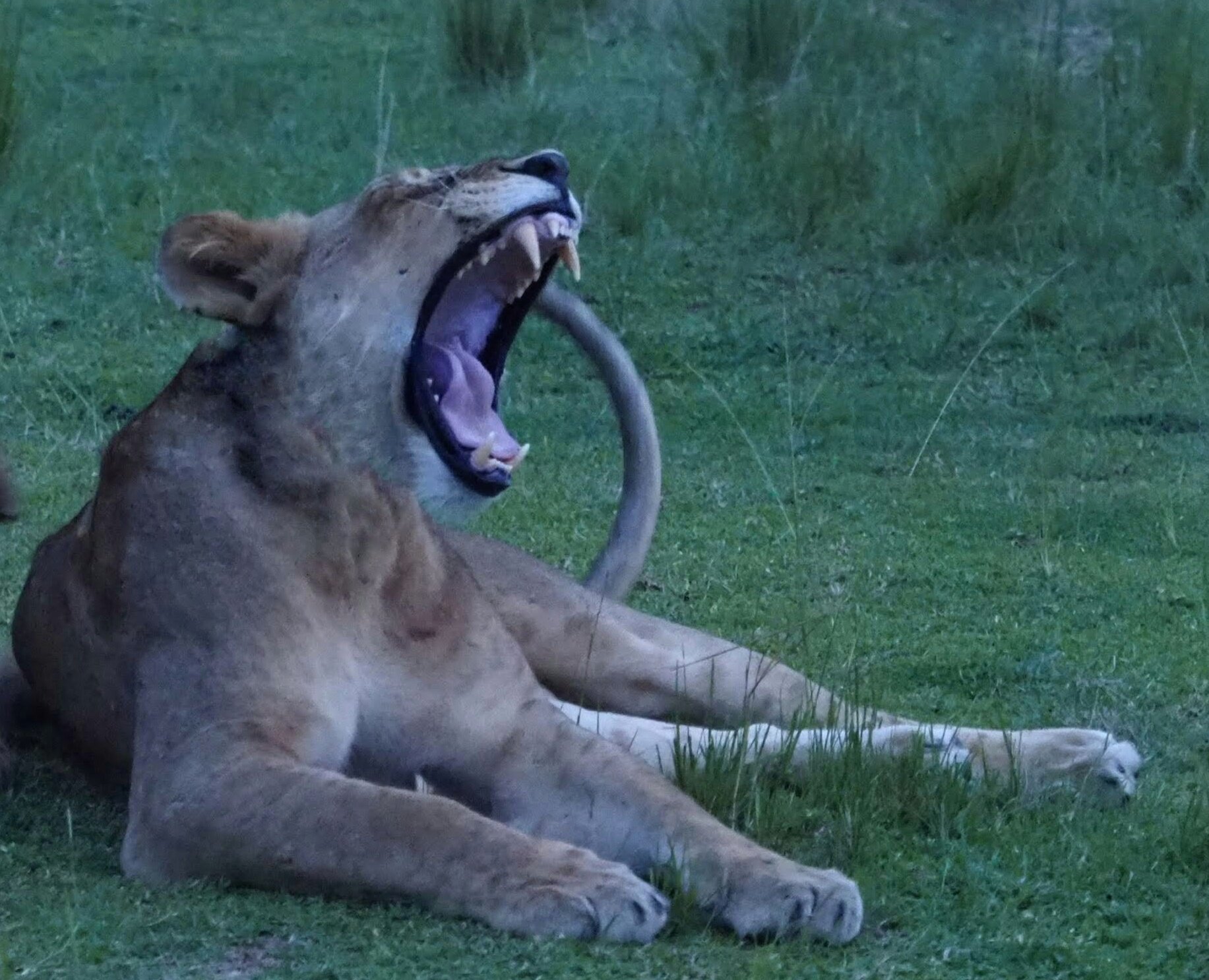
So tired after a long day of napping

Say ahhh

Maybe baby impala doesn’t really taste that good?

Lions sleep like 20 hours a day, much like a house cat
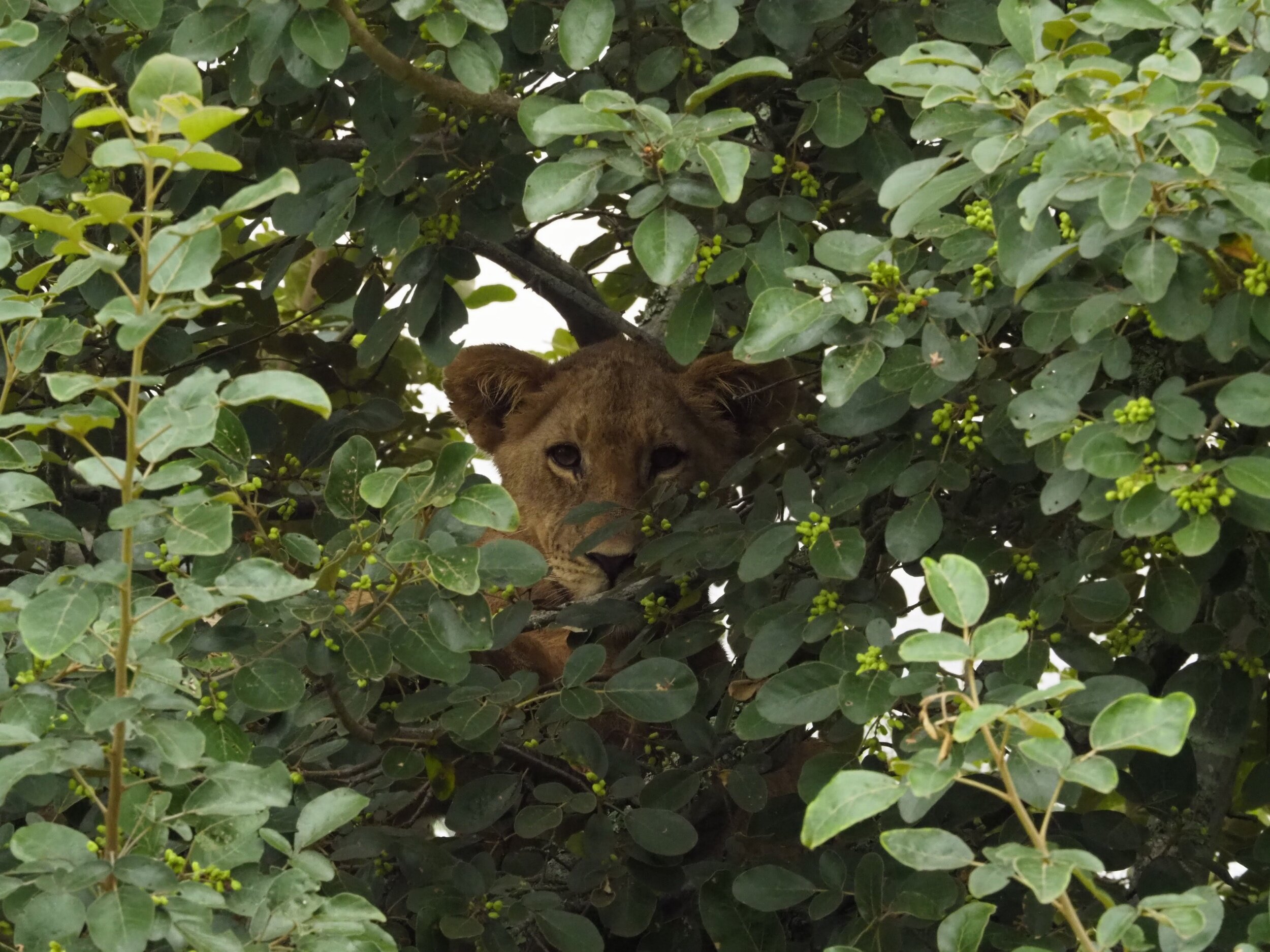
Since when do lions climb trees?

OK, so lions climb trees…
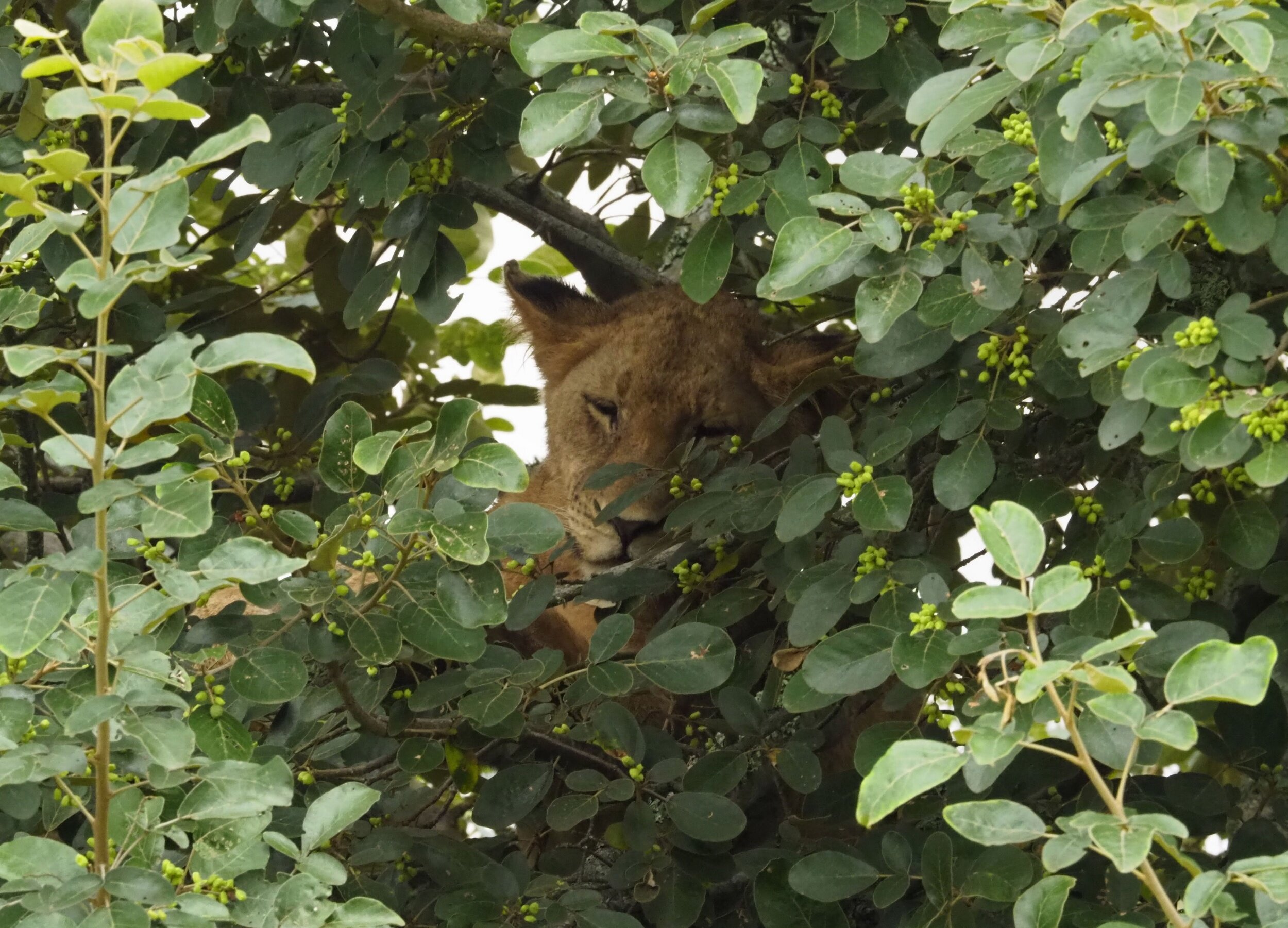
Hiding
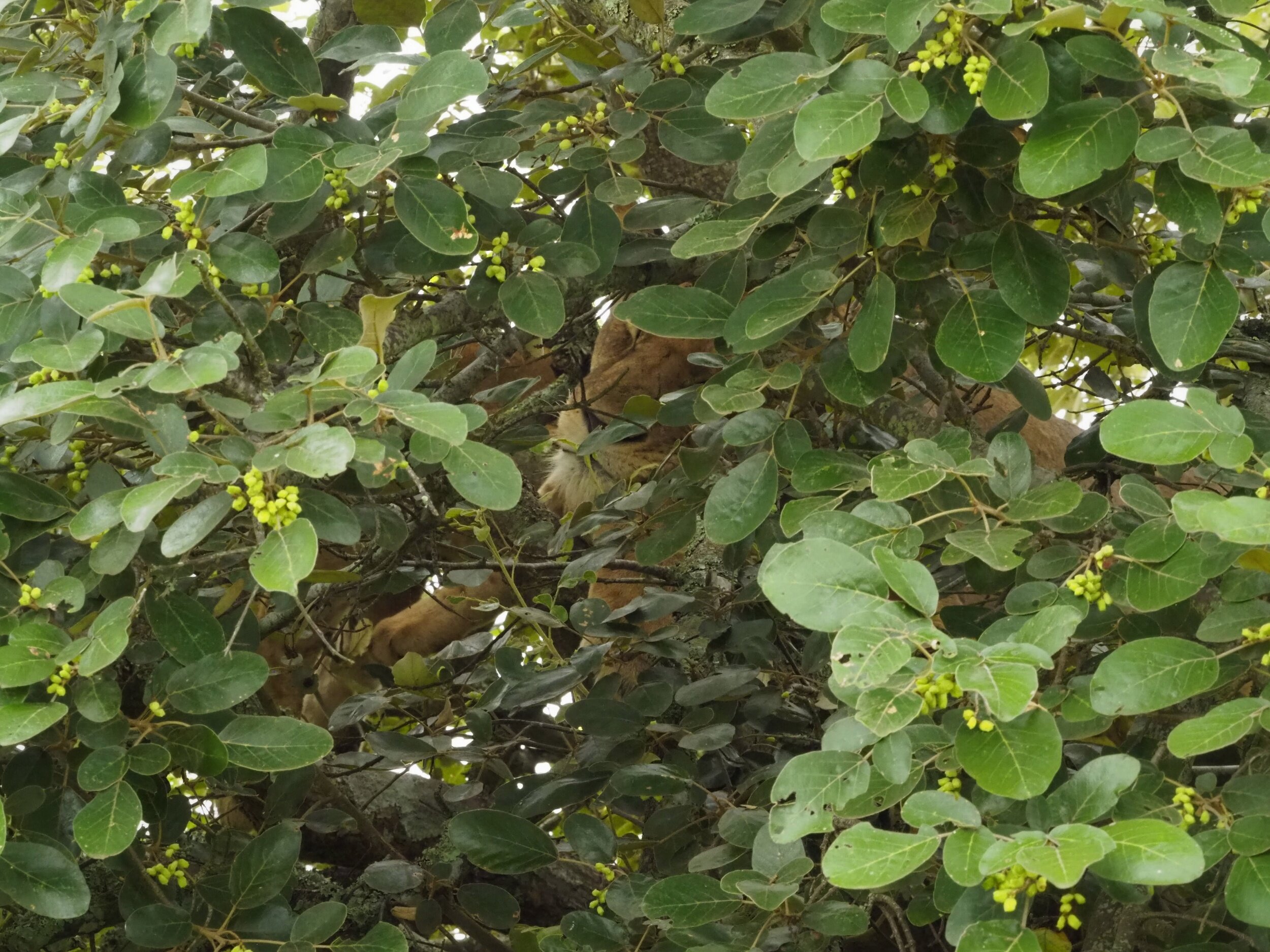
You can’t see me

Excited about getting a leg of the baby impala

Playful kitties
Lions showing off their catch (baby impala)
















































